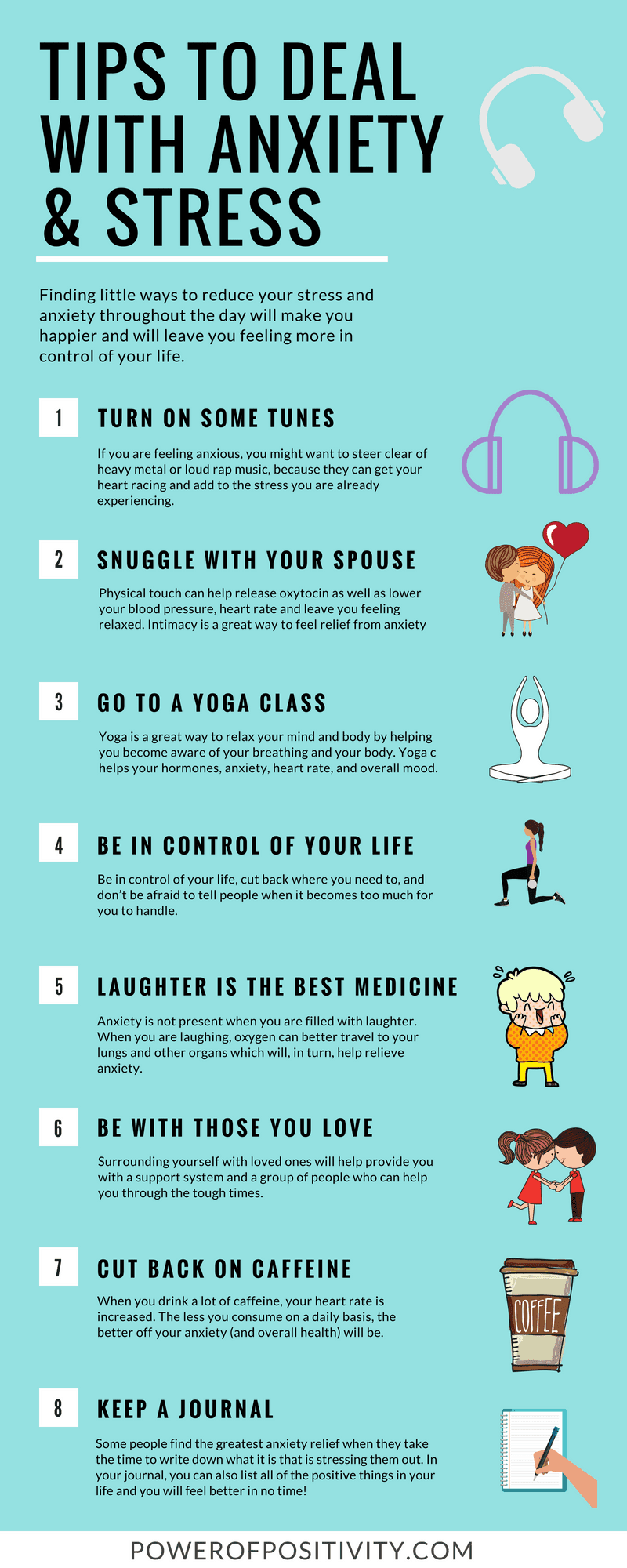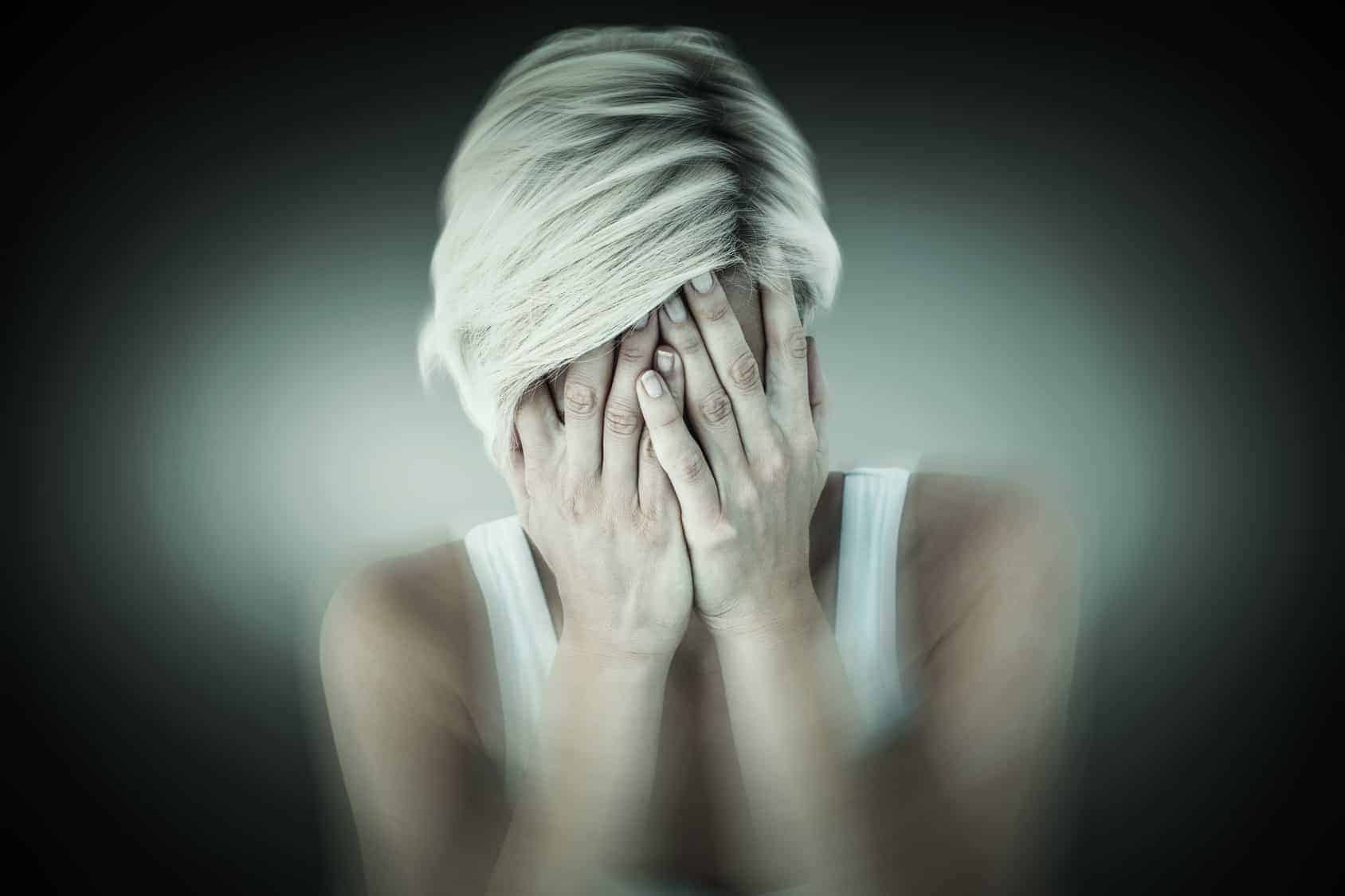The term “panic attack” is often used loosely to describe nervousness or stress, but a real panic attack is very acute and it can be very frightening — especially if you don’t know what it is. Anxiety attack symptoms can mimic many of the same signs as a heart attack and come on without warning. You don’t need to have a history of anxiety disorders to have an anxiety attack; they can strike anyone.
In the middle of an anxiety attack, you may feel like you’re dying or you may be very fearful. The good news is recognizing the signs of an anxiety attack. Knowing what’s happening can help you calm down and potentially seek treatment if your doctor determines you have panic disorder. Here are 10 key anxiety attack symptoms to watch for and strategies that can help you feel better.
10 Signs of an Anxiety Attack
A panic attack is usually a very sudden sense of terror that comes with no warning. Panic attacks can happen anywhere, even while you’re sleeping or have no prior history of panic disorders. When you are having a panic attack, you will probably have several of these symptoms.
1. Terror or a Sense of Impending Doom
One of the hallmark signs of anxiety attack is an overwhelming terror, feeling that you’re dying, or a sense of impending doom. This terror can be almost paralyzing and it’s the result of your body being flooded with adrenaline due to a perception of danger. Your body produces adrenaline to help you prepare to fight or run away but this adrenaline rush is also responsible for the intense fear you experience.
2. Dizzy or Faint
If it feels like the room is spinning, you may be experiencing a panic attack. Extreme anxiety can cause dizziness, faintness, and weakness as the blood rushes from your brain to your limbs. This is a natural fight-or-flight mechanism that helps you defend yourself or run away. You may even experience nausea if the dizziness is severe.
3. Chest Pains
The chest pains of an anxiety attack can be severe and choking. These chest pains are also one reason that panic attacks are frequently mistaken for a heart attack.
4. Feeling Out of Control
The seemingly out-of-nowhere physical symptoms you experience during a panic attack combined with intense fear can make you feel like you’ve lost control of your body and the situation. This can heighten the fear you’re already experiencing and it may make you feel disconnected from yourself or the environment. Your surroundings may seem foggy or distorted and you may feel robotic.
5. Difficulty Breathing
During a panic attack, you may feel like you’re gasping for air or struggling to breathe properly. Feeling that you can’t get enough air happens when high levels of anxiety cause you to hyperventilate, or breathe too quickly. This causes an imbalance in your carbon dioxide levels which also leads to dizziness and other symptoms.
6. Racing Heartbeat
Your body responds to a panic attack as if you are in imminent danger. Nervous signals activate the amygdala region of your brain (its fight-or-flight center) and produces a rush of adrenaline. This hormonal surge causes many physical symptoms such as a pounding heart, which can make you feel like you’re suffering a heart attack.
7. Sweating
Heightened anxiety tends to cause excess sweating, a natural mechanism. You may break into an uncontrollable hot or cold sweat in the middle of a panic attack, seemingly for no reason.
8. Shaking or Trembling
Many people feel trembling sensations during a panic attack, especially in the legs, feet, arms, and hands. As with other physical symptoms, trembling and shaking you can’t control are caused by the fight-or-flight reaction.
9. Flushed or Chills
Your body temperature can increase when you are faced with a sense of immediate danger or you may get the chills when you’re scared. Anxiety can constrict your blood vessels and cause hot flushes. You may alternate between feeling very hot and very cold.
10. Symptoms Lasting 10 Minutes or Less
In addition to these symptoms, panic attacks are marked by several other conditions. Most panic attacks are fairly brief and last no more than 5 to 10 minutes. This is because the body can’t sustain the fight-or-flight response for longer than 10 minutes. Unfortunately, you may feel the effects of an anxiety attack for hours. After a panic attack, you may feel exhausted and drained for many hours or the rest of the day. It’s also possible to suffer several attacks over a period of hours.
Dealing with an Anxiety Attack
The symptoms of a panic attack are much the same as the classic fight-or-flight response that people experience in dangerous situations, but the symptoms seem to come from nowhere during a panic attack. They also occur in harmless situations such as while you’re at the store or asleep. Fortunately, there are several strategies you can try to alleviate your symptoms.
Focusing on the fact that you are experiencing a normal physiological response may help you overcome the panic attack and sense of doom or terror. Because some of the physical symptoms you experience are caused by hyperventilation, learning mindful breathing techniques can keep your anxiety from escalating and allow you to breathe normally. If you have recurring anxiety attacks, professional help may be a good idea. Panic disorder is often treated with cognitive behavioral therapy, relaxation techniques, and anti-anxiety medication.





















